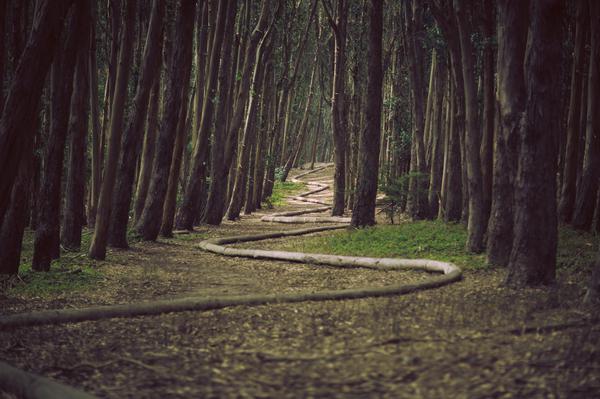
Mysticism in the Landscape
Can nature make a mystic? Mysticism is a word that has morphed in meaning since the early days of Christian saints. In the common vernacular, mysticism employs the new age oracle, who divines the future through tarot cards and tea-leaf readings. Conversely, some, perhaps the more religious, believe mysticism is a sacred condition reserved only for the choicest of individuals; after all, are not mystics in direct communication with God? Experts and scholars of mysticism, too, find the need to establish a clear definition of it on order to discuss the significance of this spiritual phenomenon. Through the defining process, many of these experts agree there are some commonalities within the definition which defy culture, religion, and time in history. In addition to these typical characteristics, the influence nature has on the mystic is a prevailing motif throughout these experiences, either as a catalyst or as symbolic of the language of God. Nature is the facilitator in each part of the seriously defined mystical experience. One early mystic in the Christian tradition was Hildegard of Bingen, who translated her conversations with God using natural language and metaphor, creating essentially a pedagogical landscape of microcosm and macrocosm. Although many claim mysticism is a cross-cultural occurrence (Forman 3), other visionaries in the western tradition referred to the immediate landscape and the grander cosmos to support their ideas, much the way Bingen did. The important role of nature in the development of the spiritual self is evident in the writings of Ralph Waldo Emerson and by philosopher Kerry Walters. These three thinkers, Bingen, Emerson and Walters, all found union with the divine-sense of the absolute by surrendering themselves to the natural world. By examining the effect nature has on the mystic using Bingen as benchmark, filtered through the established definition of serious mysticism, nature becomes the language, source, and inspiration behind this profound spiritual knowledge.
 Filters & Sorting
Filters & Sorting
